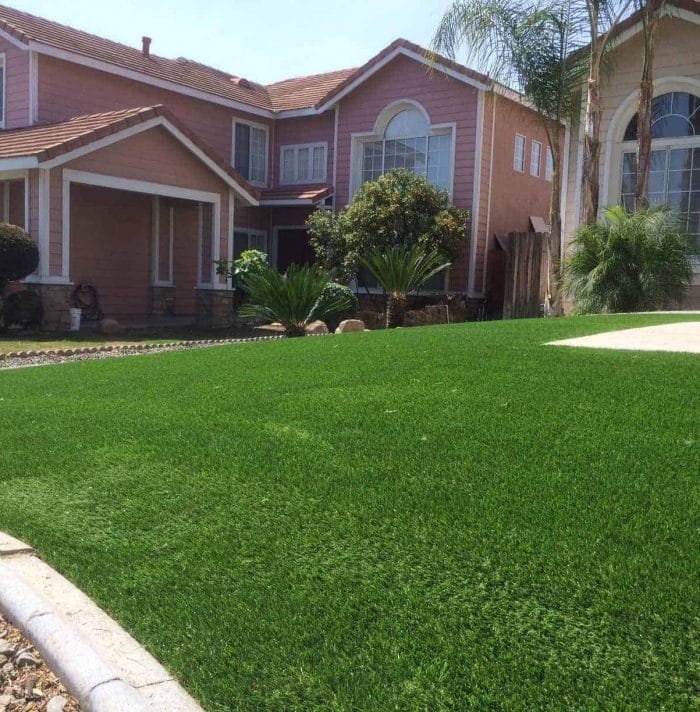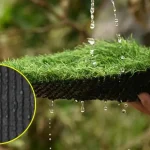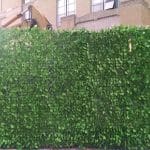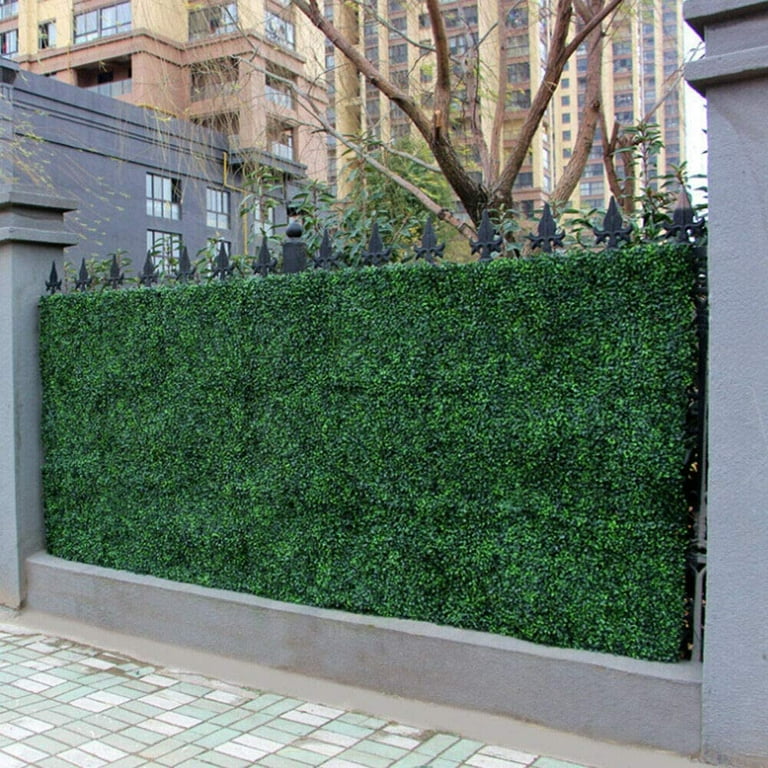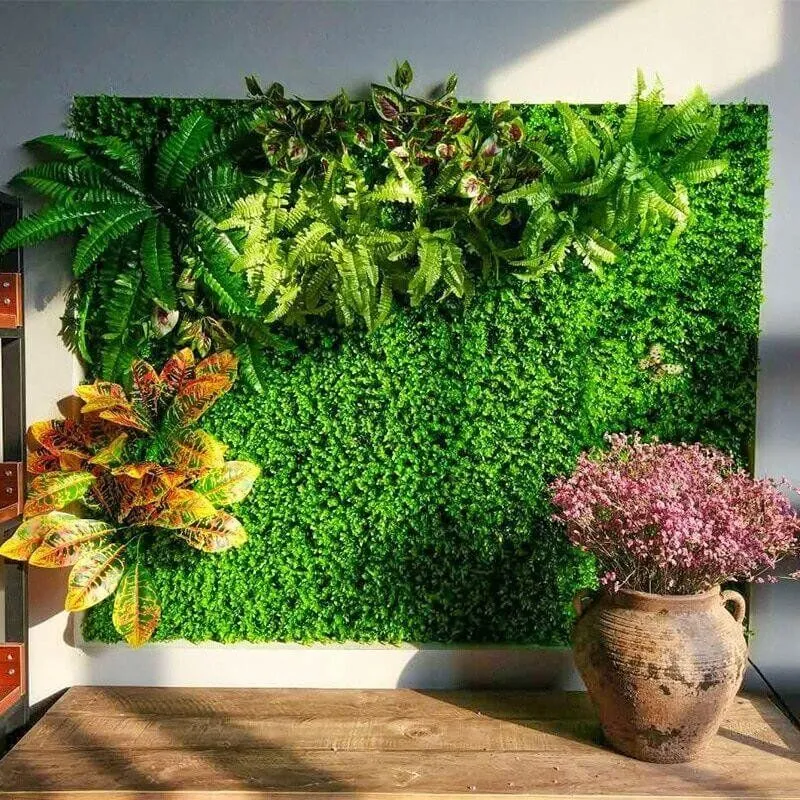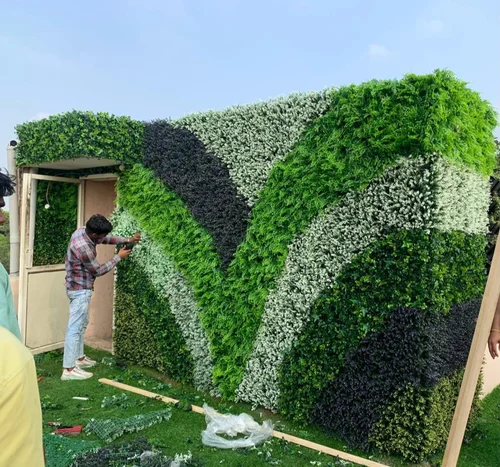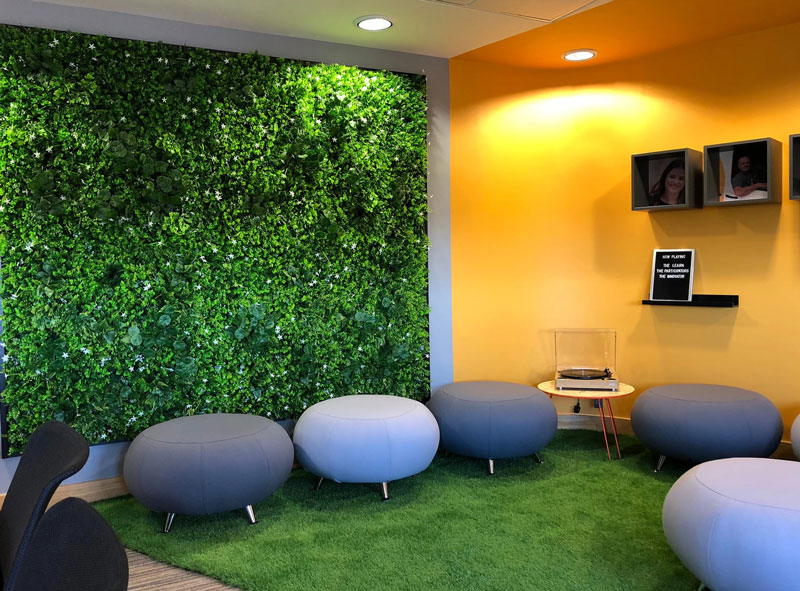
Residential fake grass, also known as artificial turf, offers several advantages and some potential drawbacks. Here are the pros and cons of using artificial grass in residential settings:
**Pros:**
1. **Low Maintenance:** Artificial grass requires minimal maintenance compared to natural grass. You don’t need to mow, water, or fertilize it, reducing the time and effort spent on lawn care.
2. **Year-Round Greenery:** Artificial grass remains green and lush throughout the year, regardless of weather conditions. It provides a consistently attractive lawn appearance.
3. **Water Conservation:** Installing fake grass can significantly reduce water consumption, making it an eco-friendly choice in regions with water shortages or drought restrictions.
4. **Durability:** Artificial turf is highly durable and can withstand heavy foot traffic, making it ideal for areas where natural grass might become worn or damaged.
5. **Cleanliness:** It eliminates the need for muddy or dirty paws or shoes, as there is no soil to track indoors. This can be especially beneficial for pet owners and families with children.
6. **No Pesticides or Herbicides:** You won’t need to use pesticides or herbicides on artificial grass, which is a more environmentally friendly option.
7. **Allergy-Friendly:** Artificial grass doesn’t produce pollen or harbor allergens, making it a good choice for those with grass allergies.
8. **Consistent Appearance:** Artificial grass maintains a consistent appearance without issues like brown spots, bare patches, or uneven growth.
**Cons:**
1. **Initial Cost:** Artificial grass can have a relatively high upfront cost, including the purchase of materials and professional installation. However, this cost can be offset by water savings and reduced maintenance expenses over time.
2. **Artificial Look:** While modern artificial grass often looks very realistic, it may not be identical to natural grass. Some people prefer the feel and appearance of real grass.
3. **Heat Retention:** Artificial turf can become quite hot in direct sunlight, which may limit its use during very hot summer days. Some people find it uncomfortable to walk on when it’s very warm.
4. **Limited Environmental Benefits:** Although it conserves water and reduces the need for chemicals, artificial grass doesn’t offer the same environmental benefits as a natural lawn, such as oxygen production or carbon sequestration.
5. **Non-Biodegradable:** When artificial turf reaches the end of its life cycle, it can be challenging to dispose of, as it’s typically non-biodegradable. Recycling options may be limited in some areas.
6. **Maintenance and Cleaning:** While artificial grass requires less maintenance overall, it may still need occasional cleaning and grooming to remove debris, pet waste, and ensure the blades stand upright.
In conclusion, the decision to install artificial grass in a residential setting depends on your specific needs and preferences. It offers low maintenance, year-round greenery, and water conservation benefits but comes with an initial cost and considerations related to its appearance, heat retention, and environmental impact. Careful consideration of these pros and cons can help you determine if artificial grass is the right choice for your home.


